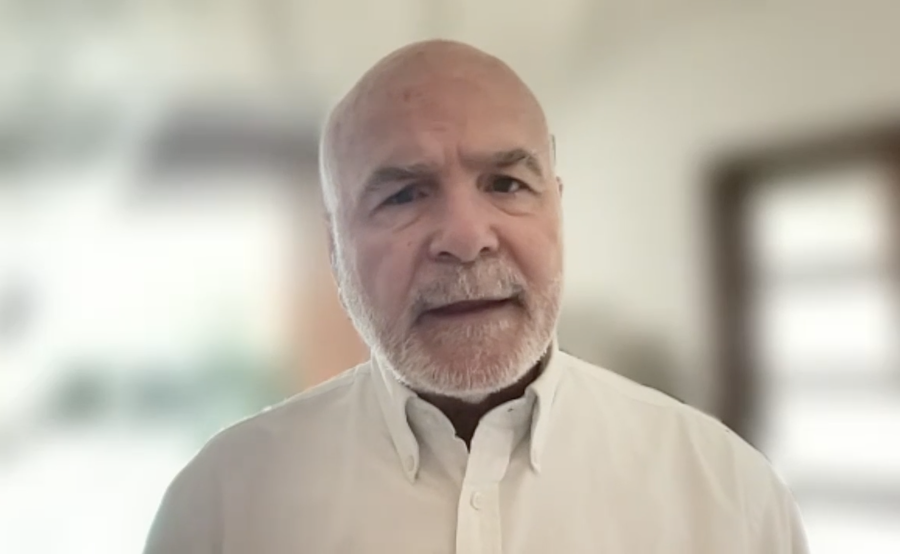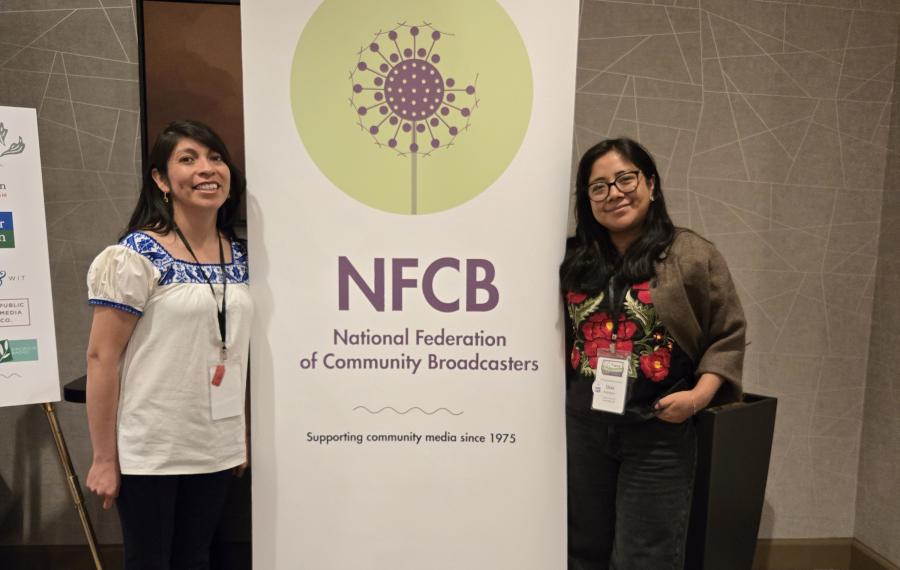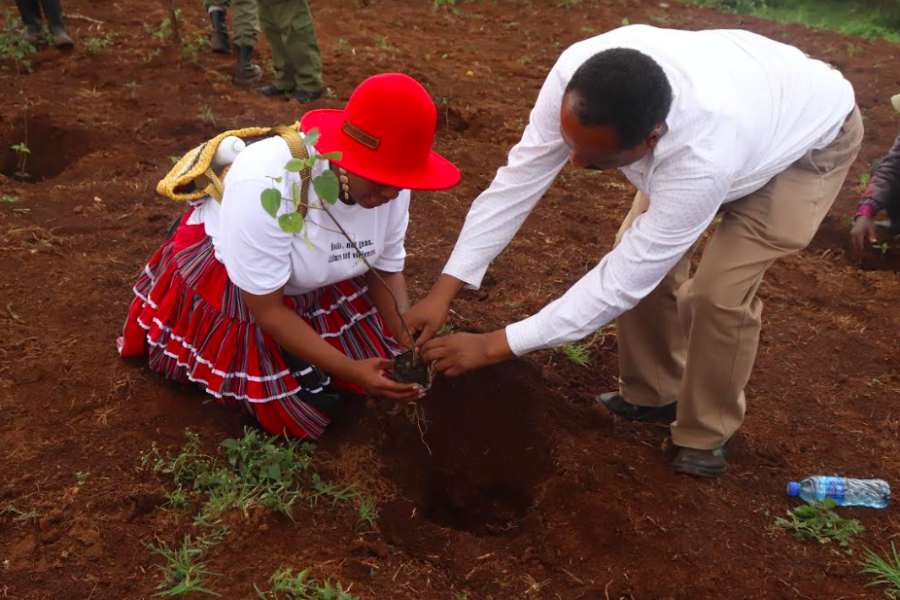
On July 14, 1923, the Hereditary Chief of the Haudenosaunee Confederacy, Deskaheh Levi General (Cayuga), traveled to Geneva, Switzerland, to speak before the League of Nations. He sought to obtain international recognition of the Haudenosaunee Confederacy (historically known as the Six Nations of the Iroquois Confederacy, composed of the Mohawk, Oneida, Onondaga, Cayuga, Seneca, and Tuscarora Nations) as a sovereign Indigenous Nation governed by a hereditary council of chiefs. To this day, the Haudenosaunee Confederacy is considered one of the oldest self-governing Peoples in the world. They are governed by the Great Law, established more than 1,000 years ago—long before the arrival of colonizers in North America.
Deskaheh’s appeal to the League of Nations was spurred by decades of violations by Canada of territorial treaties, including the stealing and selling of treaty-guaranteed land, encroachments on the authority of the Haudenosaunee Confederacy, and fear for the rights of Haudenosaunee Indigenous women and children.
The League of Nations, which was established in 1920 and served as the predecessor to the United Nations, refused to hear Deskaheh’s petition on the behalf of the Haudenosaunee Confederacy. Member states deemed it inadmissible, maintaining that Canada had jurisdiction over the Confederacy and the Six Nations. On August 6, 1923, Deskaheh tried again with a letter to the Secretary-General of the League of Nations titled “The Red Man's Appeal For Justice.” Despite the League of Nation’s refusal to hear his petition, the mayor of Geneva provided him with the space to deliver his speech before the people of the city. Deskaheh’s actions marked the beginning of the international Indigenous rights movement to bring awareness to injustices such as violations of Indigenous sovereignty and land dispossession by colonizing States, among others, at the international level.
A century later, Indigenous recognition at the international level remains an uphill battle. In 1977, the UN’s International NGO Conference on Racism Against Indigenous Populations in the Americas initiated recognition processes of Indigenous Peoples worldwide, including their individual and collective rights. It would be another 30 years before the UN General Assembly adopted the UN Declaration on the Rights of Indigenous Peoples in 2007; notably, the United States, Canada, New Zealand, and Australia, initially voted against the Declaration, but later reversed their vote to endorse it. The Declaration is the culmination of the Working Group on Indigenous Populations, set up by the UN Economic and Social Council in 1982.
To this day, Indigenous Nations are still not allowed to address the UN General Assembly as sovereign governments. The Haudenosaunee Confederacy has been granted the option to register as an NGO, thereby making it eligible to address the assembly. However, as many Indigenous Peoples have self-government, registering as an NGO would further de-legitimize other Peoples’ claims to sovereignty, according to the Confederacy’s current Deskaheh, Steve Jacobs (Cayuga).
Cultural Survival recently spoke to veteran Indigenous rights activist Ken Deer (Mohawk) about the 100th anniversary of Deskaheh’s campaign while Deer was attending the 16th session of the UN Expert Mechanism on the Rights of Indigenous Peoples, held on July 17-21, 2023, in Geneva, Switzerland.
CS: Please tell us about Deskaheh and what he was trying to achieve in 1923.
Ken Deer: Deskaheh is a title, a chieftainship title, just like the Prince of Wales. It's handed down from generation to generation. We have 50 chiefs in the Haudenosaunee Confederacy, and Deskaheh is one of those chiefs. That title has been handed down from generation to generation from time immemorial by the women. It's the women in our society that hold the title of chief, and it's the women that bestow that title onto the chief. It's a very important relationship between the men and the women.
The Haudenosaunee Confederacy, also known as the Iroquois Confederacy or Six Nations Confederacy, is made up of six Nations: Mohawk, Oneida, Onadaga, Cayuga, Seneca, and Tuscarora. We have a large community called Six Nations in Ontario, Canada. We have a large tract of land there and the Canadian government has been abusing that tract of land, selling it, and not respecting the rights of our people. We tried to get reparations from the government. We tried to get the issue settled, but the Canadian government was uncooperative. We believe we are a sovereign People and we have a right to our own self-determination. We decided that if we had a complaint with the government of Canada, we’d take it to the League of Nations, because that's where sovereign entities go.
Deskaheh Cayuga chief was sent to address the League of Nations in 1923 and let them know the problems we were having with Canada, that we are sovereign People and Canada was not respecting our rights. When he came to Geneva, he was well supported by the people here, some dignitaries and a particular committee that supported Indigenous Peoples. He was also supported by States like Ireland, Panama, Estonia, and Iran to address the League. However, Canada was quite upset that this chief was there, and they recruited the help of Great Britain to stop Deskaheh from addressing the League of Nations because they weren't a member. So, the Haudenosaunee applied for membership.
Deskaheh filled out all the application forms to join the League and submitted them, but that application was never dealt with. The bureaucracy put the application in a drawer and didn't deal with it because, under the rules, anybody who applied for membership had to come to a vote on the floor. They didn't want that vote to go to the floor because they were afraid that the Haudenosaunee might win the vote, and so it was never tabled. In the meantime, the Canadian government, in its treachery, invaded the community of Six Nations with police force. They went into the Council House and they took all their files and their emblems of authority and padlocked the Council House, and they held elections on the lawn. It was a coup. They overthrew the traditional government of the Six Nations. Deskaheh never returned home as he feared arrest. He went to Rochester, and then Tuscarora, New York, where he could see Canada from where he lived. But he could never return to Canada. He became ill.
When he was ill, the Canadian and American governments would not allow [him access to] his medicine, People, or family to come and see him while he was sick. He died about five months later in 1925. The struggle of Deskaheh has now become a symbol by Indigenous Peoples about our struggle to be recognized as governments. Today, at the United Nations, only States and NGOs can speak. So if you're not a member state, then you have to declare yourself as a non-governmental organization, an NGO, in order to register and to speak.
We are governments. We are not NGOs. Indigenous Peoples’ governance is not recognized by the UN. We, the Haudenosaunee, refuse to register as an NGO. It [has been] 100 years now. In 2023, Deskaheh’s name is Steve Jacobs, and he cannot speak in the United Nations representing his government. Deskaheh is here with us in Geneva right now, and he has entered the room. He made an announcement at the beginning of the meeting when he did the traditional opening. He did his spiritual responsibilities by opening the meeting with the words that become a ceremony that we do when we meet. At the end, he says, “Since the UN does not recognize me as a government, I will not speak again.”
The imagery was very powerful. To see this man, a very large man, not being able to speak in the United Nations, symbolizes the struggle of Indigenous Peoples. We are governments and we should be respected as such. That's the importance of Deskaheh in the international Indigenous movement.
CS: How is the UN honoring the centennial?
KD: We didn't ask the UN to do anything, but the chairman of the Permanent Forum did say some kind words to Deskaheh and acknowledge that Deskaheh was in the room and that he would not speak. That was very important. However, the city of Geneva has been very welcoming. The city of Geneva has always had good relations with the Haudenosaunee ever since Deskaheh came here in 1923. On Monday evening there was a reception in the Palais Eynard by the mayor of Geneva, who welcomed the Haudenosaunee, and Deskaheh in particular. He repeated the promise made several times over the years by mayors of Geneva, that the Haudenosaunee will always be welcome to speak. Deskaheh thanked the mayor for his warm welcome and presented him with a friendship belt that signifies friendship between the city of Geneva and the Haudenosaunee.
The Palais Wilson in 1923 and 1924 was the seat of the League of Nations. So, with the cooperation of the city, we designed 60 images with text in French and English, and we placed them on these 30 panels along the lake with one image on each side. These images tell the story of the Deskaheh, the story of the Haudenosaunee and our culture and some of our language, and the relationship with Geneva and all the things that have happened here over the years. It's a very impressive display and it took many months of work to design by a woman named Jolene Rickard at Cornell University. She's Tuscarora herself, and she did a marvelous job. There was an official launch of the panels and we had a march all the way from the United Nations, down the street into the botanical gardens, [through] a tunnel that came out along the lake, and we marched along the lake until we came to the panels. There we saw that hundreds of people from Geneva had joined us.
The mayor of Geneva and Deskaheh led the march and the Haudenosaunee delegation, 20 of us, men and women, followed. Behind [us were] all these Indigenous supporters following us as we walked to the lake. Along the lake, there were a number of speeches by the mayor and other dignitaries. We had a ribbon cutting to open the exhibit, and we had food—it was called a “popular meal,” where the citizens of Geneva brought food to share. It was like the common people welcoming the sky, just like they did in 1923. So it's very symbolic.
There's a campaign that the Deskaheh symbolizes that Indigenous Peoples need to have a status in the UN that is not NGO and is as close to the level of a State as possible. We had a session on that at the Expert Mechanism on the Rights of Indigenous Peoples that was well attended. Many States support the idea that, yes, Indigenous Peoples need to have a better status in the United Nations.
CS: What has changed for Indigenous Peoples at the UN level in the last 100 years? What else needs to change?
KD: A lot has changed. It might not seem like it if you come here today, but there were decades when Indigenous Peoples had no access to the UN. It wasn’t until 1982 that the Working Group on Indigenous Populations was created. It was a very unique group, and it was the only meeting in the entire United Nations at the time that you didn't need to be an NGO to enter the building or take part in a meeting. Indigenous people could just come to Geneva and show up at the meeting. That was a watershed moment when the Working Group on Indigenous Populations began. And as years went by, there were more and more UN bodies that opened their doors to Indigenous Peoples, like UNESCO and others.
I'm very happy to see so many old people who have been here for many years are here for this session, and also many new faces, because it's the new faces that are the future of our work. People like myself, we're not going to be here for too many more years. It's good to see young people showing up who will replace people like myself. That's very important. I wish more people could be here, and maybe that'll happen in the future. There's a lot of potential here at the Expert Mechanism in Geneva, [and] Indigenous people should be engaging and trying to use it to the best of their advantage.



